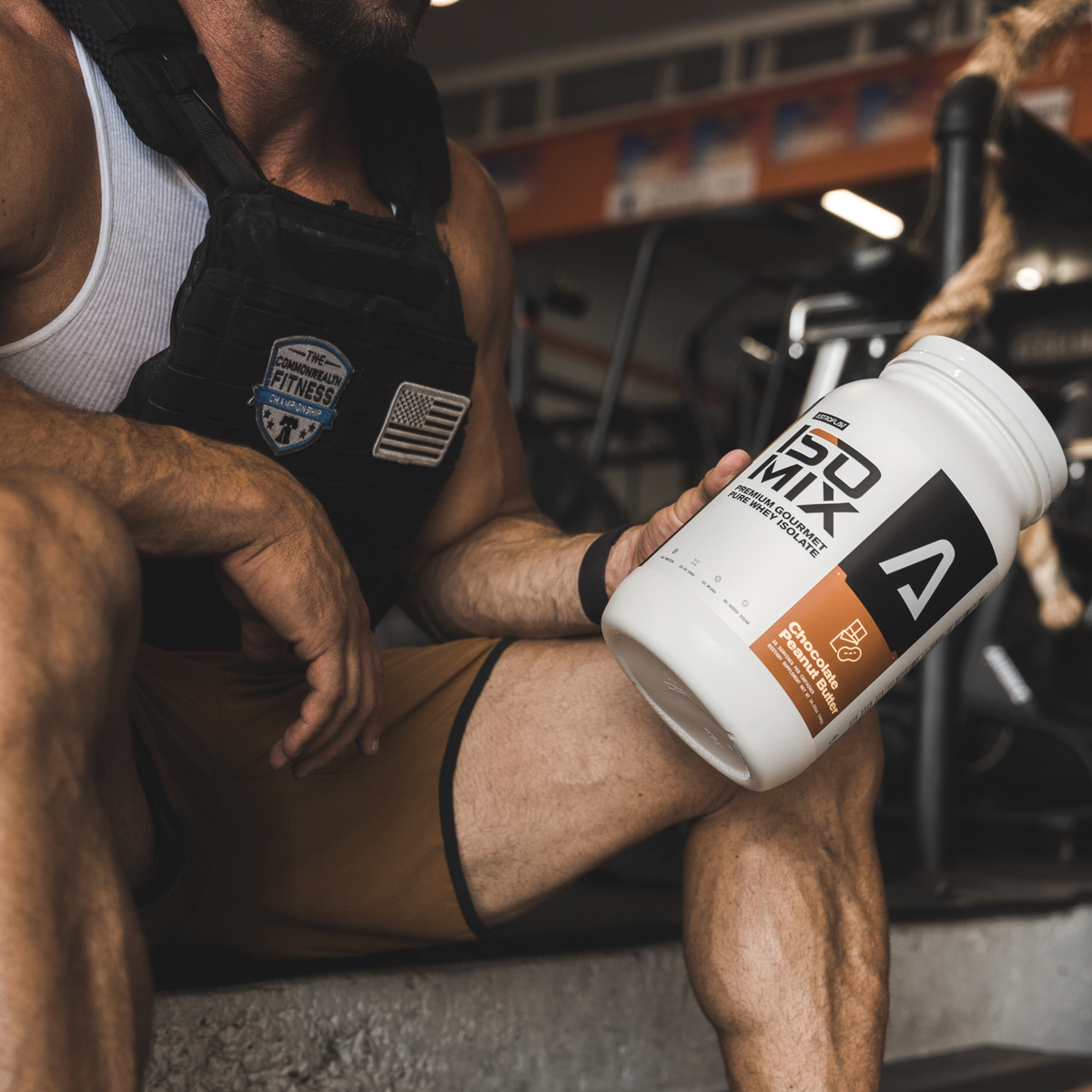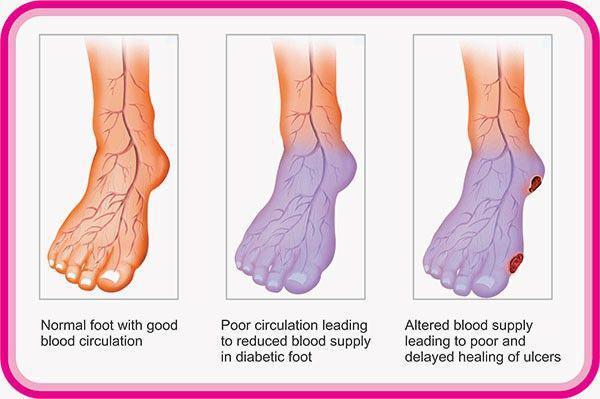Five Ways to Increase Blood Flow
Good blood flow is important to keep your circulatory system up and running at the highest level in order to deliver oxygen and nutrients to your cells. Keep reading to learn why good blood flow is important and how you can make sure you can obtain and maintain it.
Why blood flow is important
Did you know that your body holds about 60,000 miles of blood vessels? Along with your heart and other muscles, these blood vessels make up your circulatory system, which carries blood to every part of your body. It is important to take care of your circulatory system, because when it is slow or blocked, the cells in your body will not be able to get all the oxygen and nutrients they need.
Signs of poor circulation
Look out for these signs of poor circulation so you can work on improving your blood flow:
- When your limbs can’t get enough blood, your hands or feet may feel cold or numb.
- If you have a lighter skin tone, your legs or feet may have a blue tinge.
- Poor circulation also can dry your skin, turn your nails brittle, or make your hair fall out on areas that have particularly poor circulation such as your feet and legs.
1. Quit tobacco
If you use tobacco and experience symptoms of poor blood flow, this may be your sign to quit.
Nicotine—the active ingredient in cigarettes, electronic cigarettes, and smokeless tobacco—has been proven to harm the walls of arteries and thicken blood to the extent that blood has a difficult time making its way through your blood vessels.
In order to prevent high blood pressure, try to not to use nicotine products.
2. Watch your blood pressure
High blood pressure can cause serious conditions including arteriosclerosis, which can harden your arteries and limit blood flow.
To avoid this, try to workout and eat a balanced diet to keep your blood pressure between 120 over 80 or lower, but ask your doctor about the best numbers for your age, body proportions and overall health.
To keep monitoring your blood pressure, try to check at least once a month with a blood pressure monitor from a pharmacy.
3. Stay hydrated
Aim to drink at least eight glasses of water a day to keep hydrated.
Because blood is about half water, it is very important to stay hydrated in order to keep blood moving and circulating throughout your body.
If you are exercising a lot or if it’s hot outside, you should try to drink even more water to replenish lost fluids!
4. Work while standing
Sitting down for several hours at a time can reduce blood circulation and hurt your back. In addition, sitting down for extended periods of time can weaken your leg muscles and slow the blood flow in your legs, which could potentially result in a blood clot. If you complete your work at a desk, try investing in a standing desk to improve your circulation. While it may be uncomfortable or tiring at first, standing on your feet will improve your blood circulation by sending blood up to your heart.
5. Put your legs up
If your ankles or feet swell, try laying down and putting your legs on the wall to send your blood in the opposite direction.
While lying on the floor or on a yoga mat, turn your body so you can put your feet up with your bottom against the wall. Stretch your arms out on the floor with palms down for balance and hold the position for a few minutes.
This pose is also a great way to rebalance during the day.
How do you maintain a healthy blood flow? Let me know at jenniferjames@astroflav.com to be featured in our Facebook community!
Join our family for new videos, discount codes, and more!











